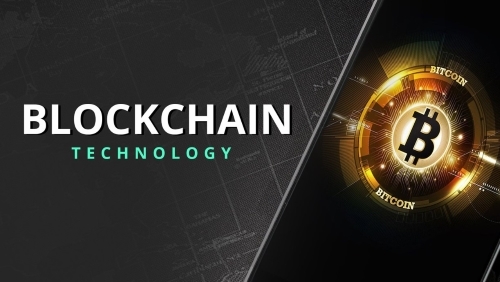


By Matt Hussey
A blockchain is, very simply, an online record of transactions. They could be transactions for:
We explore this idea more fully and explain why it has so much potential.
Taking the above definition and building on it, a blockchain is a growing set of records, bunched together into ‘blocks’ which are linked together using cryptography
So we know it’s a way to keep records, but there are a lot of clever ideas built on top of that. The first is about how blockchain keeps those records. Most people refer to this as the distributed ledger system or DLT.
In a distributed ledger, a record of every transaction is held in many places at the same time. As a result, every time something in the blockchain is changed, everyone in the network is notified about--and has to agree on--changes.
This makes a blockchain fiendishly difficult to hack into and change records as it would require someone to change every single record at the exact same time. You can read more about hacking blockchains in our handy guide.
Blockchain is a growing set of records, bunched together into ‘blocks’ which are linked together using cryptography.
There are a number of key factors that make blockchain so exciting.
It's decentralized. The internet today is mostly centralized. What does that mean? The vast majority of the services and sites you visit store and keep their data in a database. Your bank, Netflix, Google, you name it, they all operate a centralized system.
The blockchain meanwhile, is a decentralized system. That means that the data lives on the network, instead of in one place.
In the present centralized system, there are a number of challenges.
There have been decentralized systems on the internet. Remember Limewire and Napster? They were examples of decentralized services.
But they had a flaw: those services weren't very good at preventing duplicates of files. This is called the double spending problem. The double-spending problem is all about preventing people from spending money or using assets twice on two different things.
Your bank solves that problem by checking with its centralized database to see if an asset has been spent or used more than once. The blockchain solves that without the need for a centralized database.
The idea of the blockchain has been discussed among cryptographers since the early 90s. But it wasn't until the mysterious Satoshi Nakamoto came along that blockchain as we understand it today was created. Bitcoin is a system built on blockchain.
Blockchain is an online record of transactions backed by cryptography. It’s at the heart of currencies like Bitcoin and can be used to document financial transactions, the movement of goods or services and or exchanges in information.
Blockchain started with Bitcoin, but there are no limits to where this technology could go in future. Projects like Ethereum and Ripple have taken the principles of blockchain and taken it in new directions. But that's just the beginning.
https://decrypt.co/resources/blockchain-basics-what-is-blockchain
